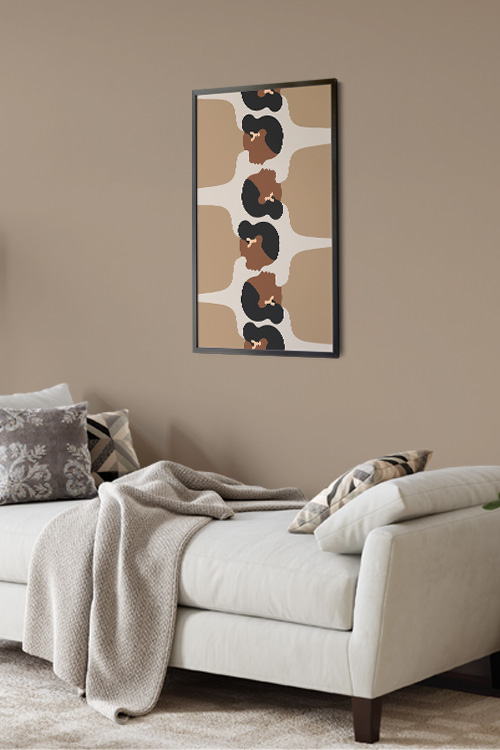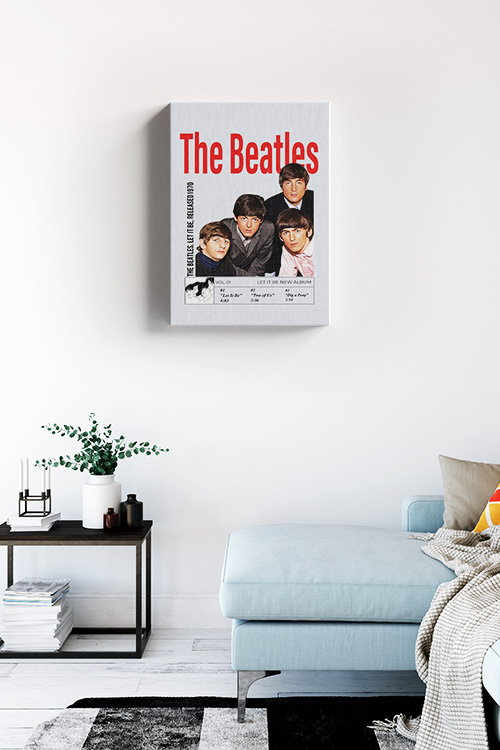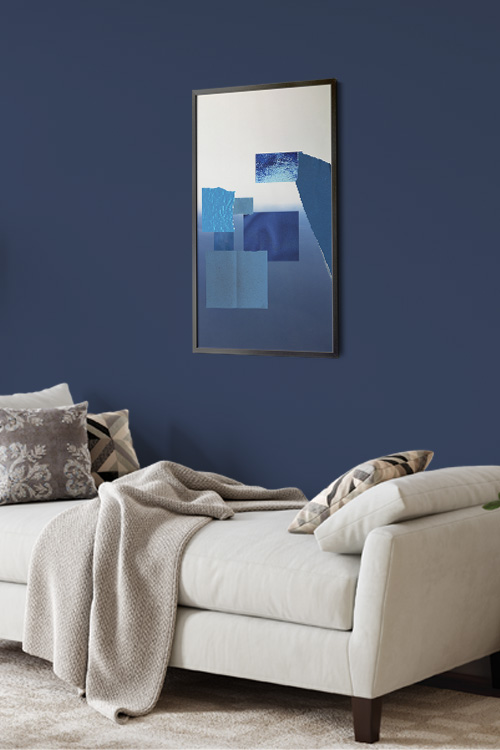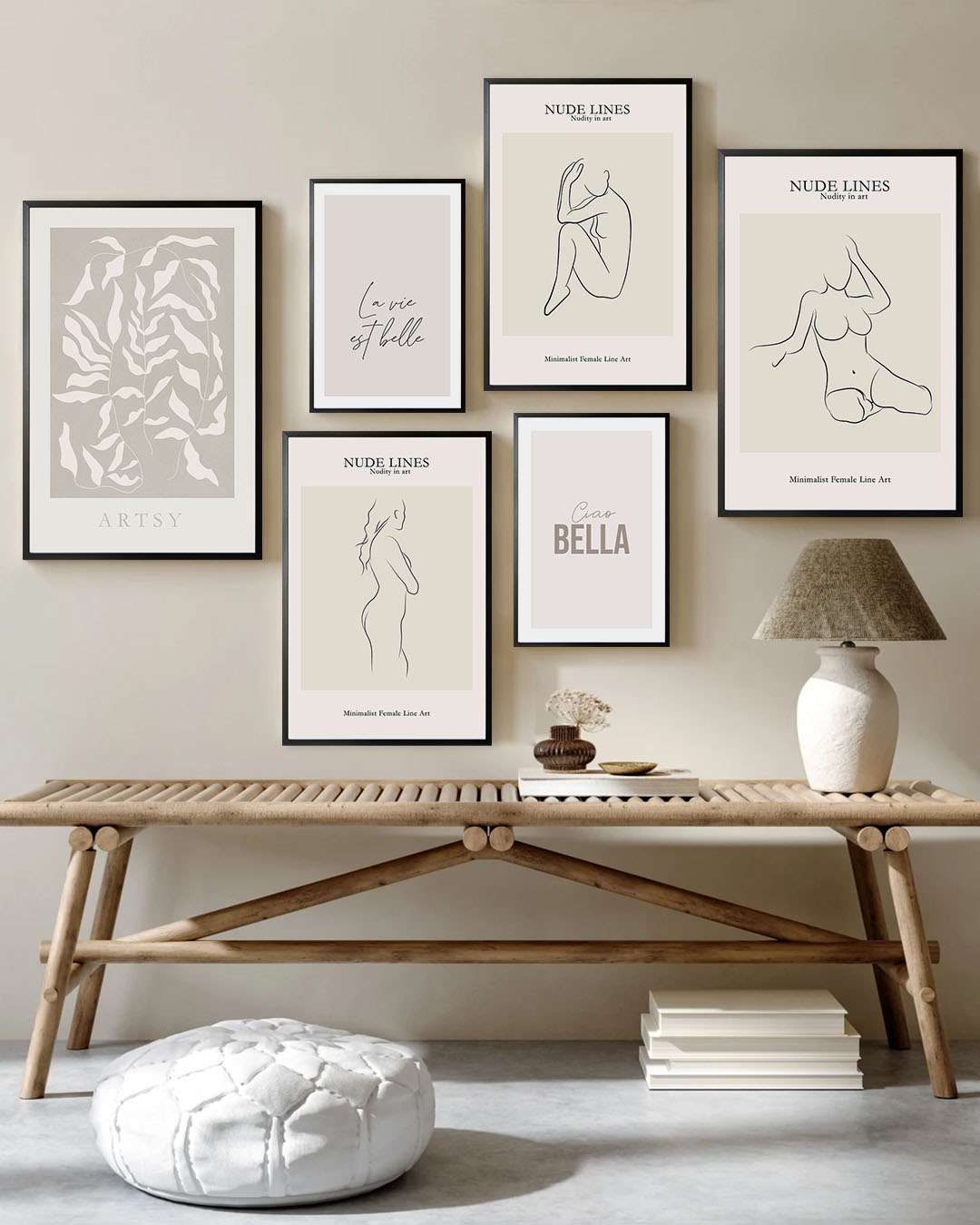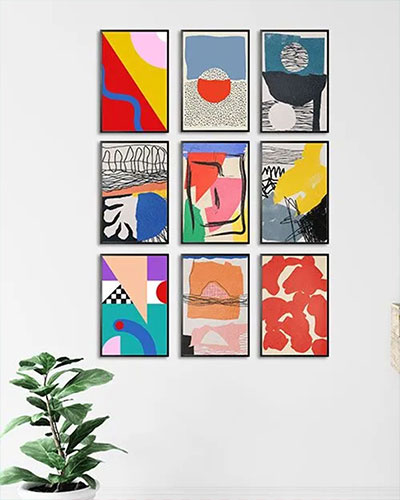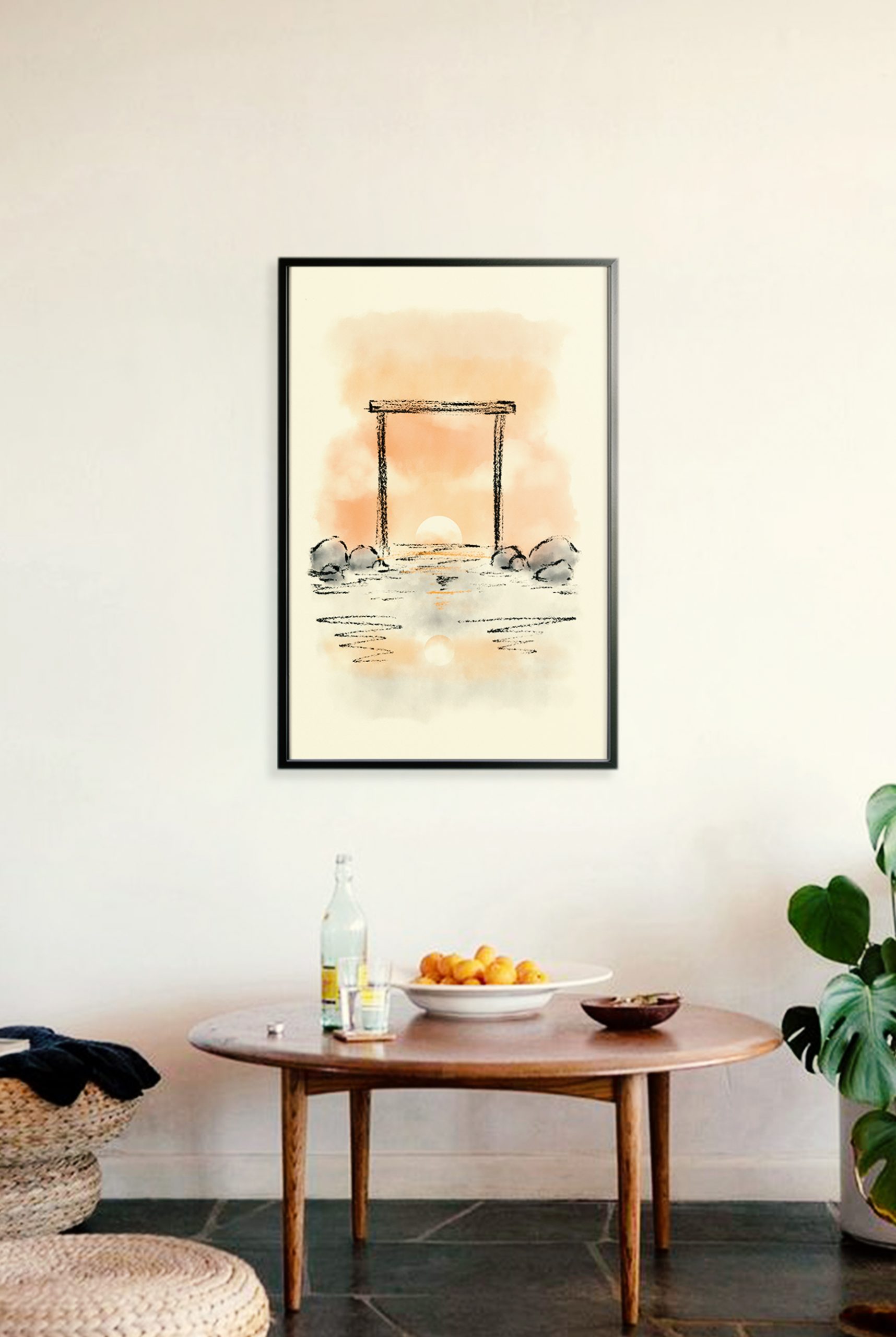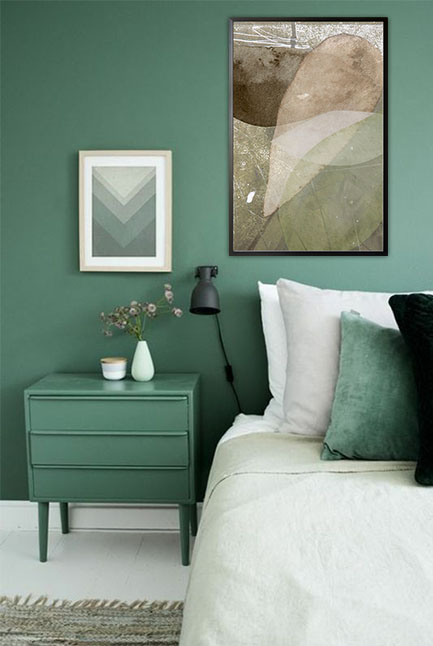
Mirrors, a timeless staple in interior decoration, possess a transformative power that goes beyond their practical use. When used thoughtfully, they can amplify natural light, create the illusion of space, and add a touch of elegance or drama to any room. This transformative power is what makes mirrors such an intriguing and essential element in interior design, encouraging homeowners and decorators to experiment and push the boundaries of their creativity.
Creating the Illusion of Space
One of the most popular reasons for incorporating mirrors into interior design is their ability to make a space feel larger. In smaller rooms, such as powder rooms or hallways, a strategically placed mirror can visually double the space’s size. By reflecting the surrounding space, mirrors trick the eye into perceiving greater depth, making tight spaces feel more spacious and inviting. Large wall mirrors or mirrored furniture can be particularly effective in apartments or compact living spaces where maximizing every square foot is crucial.
Enhancing Natural Light
Mirrors are excellent tools for amplifying natural light within a space. When placed opposite or adjacent to windows, they reflect sunlight, brightening up rooms and reducing the need for artificial lighting during the day. This not only creates a warm and inviting atmosphere but also contributes to energy efficiency. Even in darker spaces, mirrors can bounce light from lamps or ceiling fixtures, helping to distribute illumination more evenly throughout a room.
Adding Visual Interest and Style
Beyond their functional purpose, mirrors are a powerful decorative element. They come in a wide variety of shapes, sizes, and frames, ranging from sleek and modern to ornate and vintage, allowing them to complement any interior style. A statement mirror can serve as a focal point above a fireplace or in any entryway, while a gallery wall of smaller mirrors can add texture and intrigue to an otherwise plain wall. Frameless mirrors offer a minimalist touch, whereas gold or wood-framed options bring warmth and character.
Balancing and Harmonizing Spaces
Mirrors also play a role in creating symmetry and balance in a room. In traditional interior design, they are often used to align visual weight and establish harmony. For example, placing matching mirrors on either side of a fireplace or behind bedside tables can enhance balance and cohesion in a space.
Reflecting Personality and Artistry
Decorative mirrors can reflect more than just images. They reflect personal style. Whether it’s a bold, geometric design or a delicate antique piece, mirrors contribute to the storytelling of a space. They can also reflect beautiful elements within a room, such as a piece of art, an architectural feature, or an eye-catching light fixture, drawing attention to what matters most.
In a Nutshell
Mirrors, far from being just functional accessories, are dynamic tools that can deeply connect with the emotions of a space. By reflecting light, expanding space, and adding style, mirrors have the unique ability to transform a room both visually and emotionally. Thoughtful placement and design can engage the audience, proving that sometimes, the best way to see your home in a new light is through a mirror.

